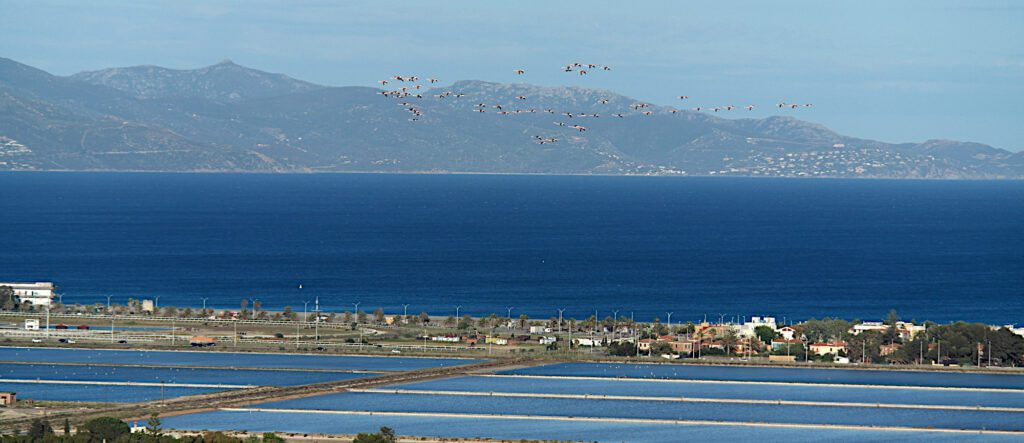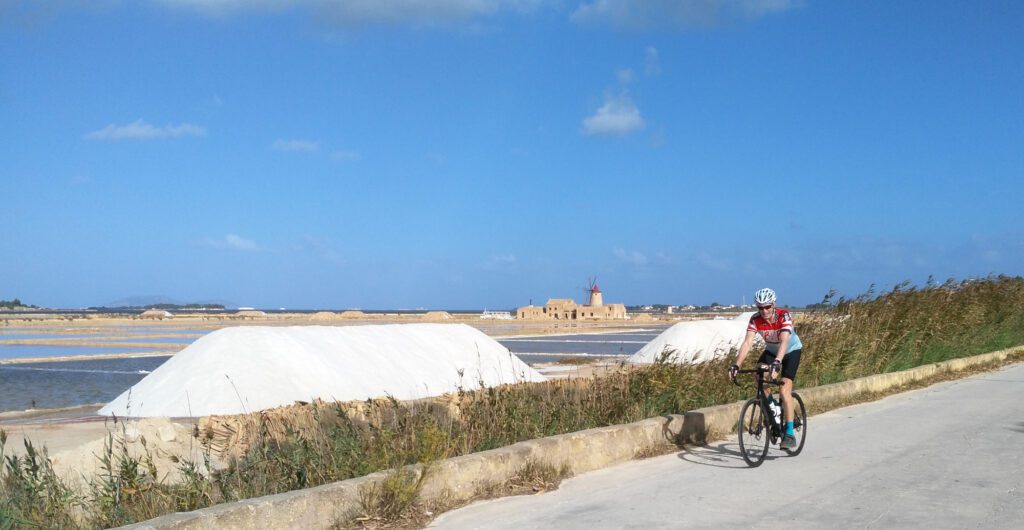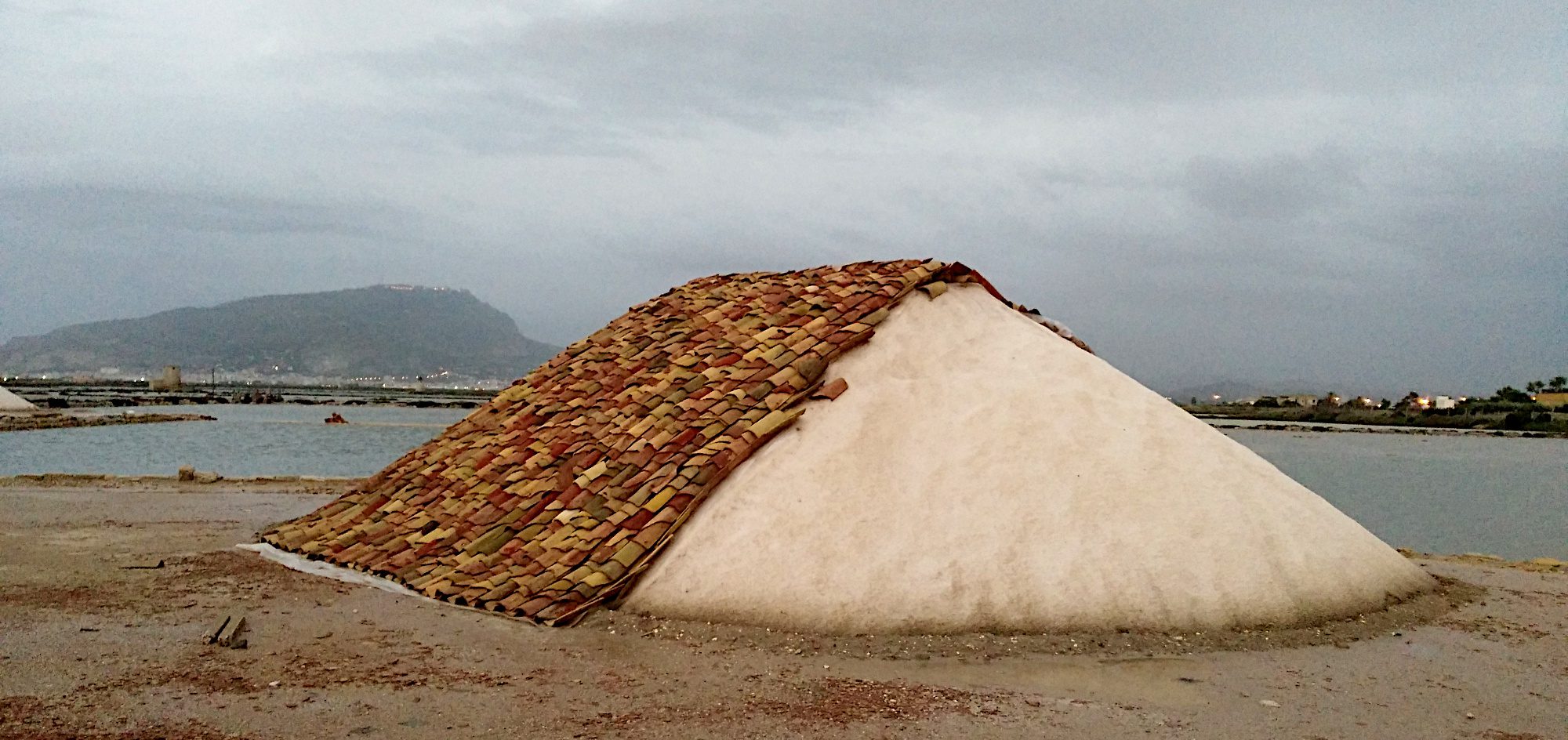Nutritionists, cardiologists, and mothers worldwide are embroiled in a relentless battle against salt, often labeled as a prime adversary of our health. Yet, pause for a moment and envision a world devoid of the culinary delights it brings. Imagine the absence of Pata Negra or San Daniele hams. The lack of zest in Kalamata olives from Greece or Taggiasca from Liguria. The blandness without pecorino cheeses from Sardinia and Pag, dried tomatoes from Puglia, capers from Pantelleria, anchovies from Cantabrico, or bottarga from Cabras. Picture dishes like the Pissaladière of Nice and the fügassa of Genoa, Bagnacauda from Piedmont, and Colatura di Cetara losing their charm. Not to mention Parmigiano Reggiano or Caciocavallo Podolico, and even a simple salad lacking that essential pinch of salt. Before continuing your war against salt, consider these culinary treasures and perhaps, let’s call a truce.

A short history of salt
Long before the advent of artificial refrigeration, salt was humanity’s ally in preserving food, playing a crucial role in survival since ancient times. Valued immensely, it even served as a currency for trade and wages (hence the term ‘salary’). Neolithic communities included salt in their diet and culture, primarily to preserve perishable foods and for other applications like leather tanning.
During the Roman Empire, salt production and trade were under strict government control. This control continued through the Middle Ages, with salt becoming a bargaining tool and the subject of hefty taxes – at times making up to 70% of its selling price. Interestingly, in Italy, state monopoly over the salt trade persisted until as recently as 1975.

Salt and society
Regarded as “white gold,” salt has been at the center of wars, influenced cultural practices, and even led to unique social protests. The Via Salaria, a famous road from ancient Rome, was one among many routes created for salt trade. These routes not only facilitated commerce but also shaped societies and cultures.
For instance, the tradition of saltless bread in regions like Tuscany, Umbria, and Marche is believed to be a direct response to salt taxation. In Florence, it’s said that bakers began producing unsalted bread as a protest against the Pisans, who controlled salt access via sea. Similarly, in Umbria, the tradition may stem from the 16th-century War of Salt against the Papal State’s heavy taxation.
Whatever the reason, the historical fact remains that during its transport the salt suffered numerous taxes and duties by the various states and small governments encountered along the salt routes.

Salt production and processing
The art of salt production has remained largely unchanged over millennia. In coastal lagoons, a network of canals and settling tanks allows for the natural evaporation of water under the sun, leaving behind a dense brine. This brine then undergoes further processing to remove impurities and facilitate crystallization. The harvested salt, usually 99.5% pure sodium chloride, is then ready for consumption.
This seasonal cycle of salt production was harmoniously woven into the Mediterranean way of life, intertwining with other agricultural practices, from wheat harvesting to olive picking.

Salt pans in the Mediterranean
The Mediterranean’s ideal conditions have fostered numerous salt flats, each with its unique history and natural beauty. Though fewer are active today, they remain significant for both historical and ecological reasons, hosting diverse bird species and preserving natural habitats.
Discover salt pans with us!
Join us on a journey to some of the Mediterranean’s most enchanting salt pans. From the pink flamingo-dotted landscapes of Sardinia to the ancient mills of Trapani and Marsala in Sicily, offering breathtaking sunsets. Or explore the Camargue region with its Salin de Giraud and Aigues-Mortes salt flats.
Alongside these natural wonders, experience the tradition of Pane Sciocco (unsalted bread), a perfect complement to the savory dishes of central Italy. This coast-to-coast journey, spanning from the Tyrrhenian to the Adriatic Sea, offers a unique blend of culinary heritage and natural splendor.
Discover the fascinating world of salt through our specially curated tours available on our website:


